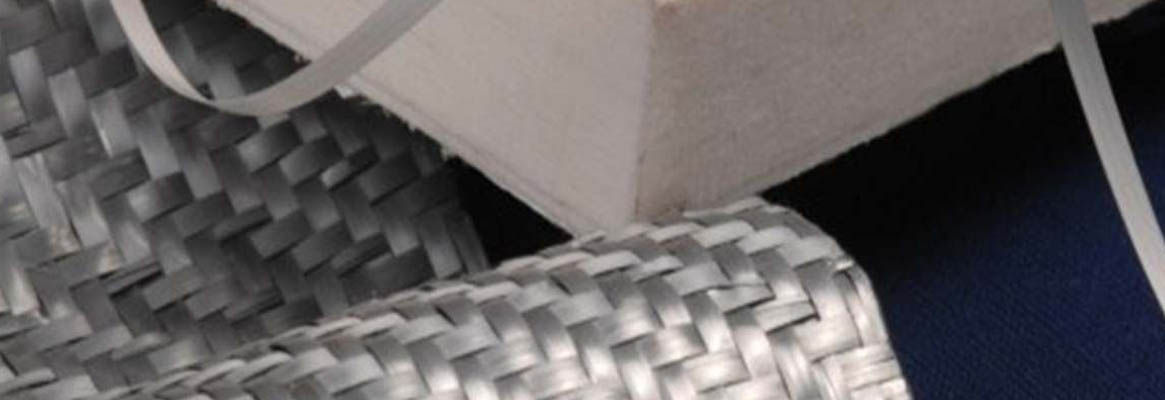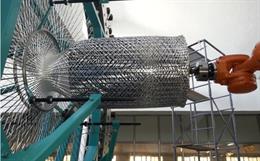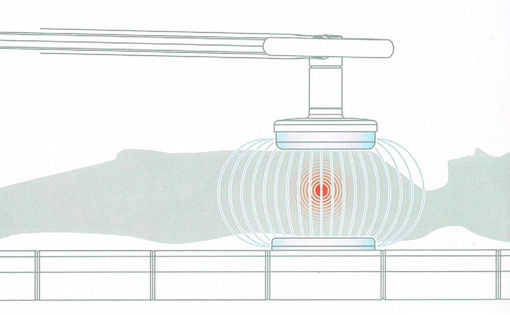Most of the textile and plastic materials are electrical insulators. They accumulate electrostatic charge, which causes problems such as severe shock, fire, dust accumulation, etc. during processing.The electrical conductivity is required to dissipate the charges and use of fibres blended with conductive type of fibres prevents such risk. Low and limiting electrical conduction is required in many practical applications such as electromagnetic shielding, electrostatic elimination, conveyor belts,aviation/space suits, dry filtration, carpets etc. For this purpose, various products having reasonably good electrical conductivity are required. This can be obtained by incorporating metal fillers or coating with some agent. The textile materials being flexible and easily workable are the most preferred one in such cases.
To Read More,
About the Author:
Dr.Ruma Chakrabarti is an Associate Professor at the Kumaraguru College of Technology, Coimbatore


 News
News Articles
Articles Interviews
Interviews Events
Events Advertise with us
Advertise with us About Us
About Us Contact Us
Contact Us Privacy Policy
Privacy Policy Terms & Conditions
Terms & Conditions Cookie Policy
Cookie Policy









